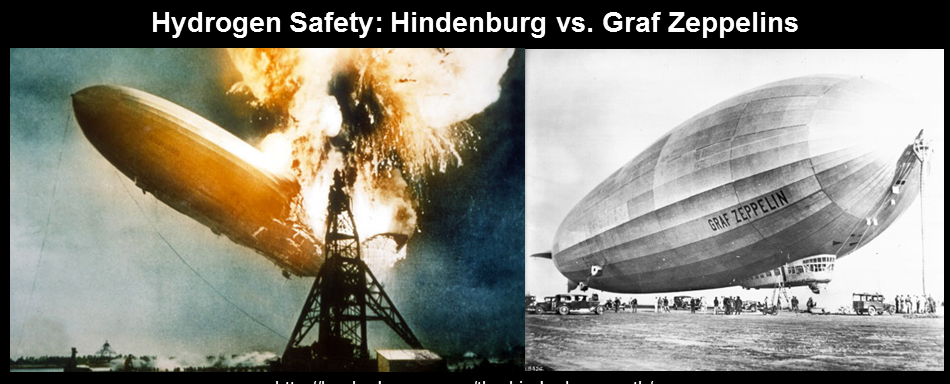Cryogenic Hydrogen Embrittlement
jacob.leachmanThere is a reason the HYPER lab is the only academic research lab in the US focused on cryogenic hydrogen: it’s hard.
Recall that hydrogen:
has the largest flammability limits of any gas (4-94% in air by volume).
has a very low energy barrier for combustion in air (a grain of sand in a jet has enough kinetic energy to ignite).
has the highest combustion energy of any fuel by mass (119.96 MJ/kg).
has one of the lowest boiling points of any fluid (boils near -421°F), highest thermal conductivities, and the highest latent heat (energy required to boil the fluid) per … » More …

